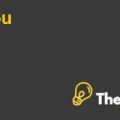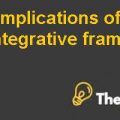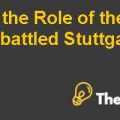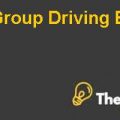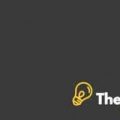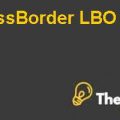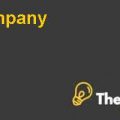
Star Cablevision Group
1. Why did Star Cablevision want to develop a performance--‐based--‐pay plan? Do you feel this was an appropriate reason? Was performance--‐based--‐pay the solution to their problem?
Star Cablevision’s developed a performance based pay plan, which was thought to motivate employees for achieving growth by building a sense of ownership in the business by sharing gains through performance based reward scheme. In addition, the performance based gain sharing scheme was intended to exceed budgeted targets for revenue growths.
This was an appropriate cause that could lead to an increase in motivation of employees by offering them financial rewards for improved performance by leading to overall improved performance. Consequently, the improved performance would contribute towards the increased profitability of organization.
However, the employee had a perception that revenue growth would not benefit them so why they should put additional efforts to increase revenue growth; therefore, the introduction of performance based gain sharing scheme motivated them to increase the revenue growth in order to earn financial rewards.
2. Describe each of the three plans and discuss how they each influenced employee motivation? What was being rewarded?
1988 Plan
Employees were only awarded if they exceeded targets; however, there was no reward for meeting targets. A top-down target setting approach was followed and understanding of plan was vague among employees. This plan motivated employees through financial rewards, but these rewards were only based on growth in number of customer base.
1989 Plan
It involved bottom-up approach in budgeting process and plan was developed to achieve efficient growth in cash flows that ignored long-term targets. Additionally, system managers had discretionary powers for allocation of reward money. However, this program motivated employees to gain short term rewards by delaying the capital and revenue expenditure in order to achieve short term reward, consequently, employees were rewarded for short term cash flow growth at the expense of long term losses.
1990 Plan
Wage freeze element was introduced and rewards were only paid when whole organization’s monthly budget was exceeded, moreover, next months’ targets were based on last months’ achievements and half freeze rewards were paid out on exceeding the annual cash flow targets. However, this plan de-motivated employees because employees were rewarded for the performance of the whole organization instead on an individual’s performance.
3. Using motivation theory (ies), describe whether employees were motivated by each plan.
Maslow’s need Hierarchy
Physiological Needs
All the three plans were fulfilling physiological needs such as food, shelter, water etc.
Safety Needs
Moreover, each plan satisfied the safety need of employees such as job-security, health, safety of property etc.
Belongingness and Love Needs
However, due to the long working hours for meeting, target might had affected love and belonging needs of employees by each plan because they could not spend time with their family and friends..........................
This is just a sample partial case solution. Please place the order on the website to order your own originally done case solution.

